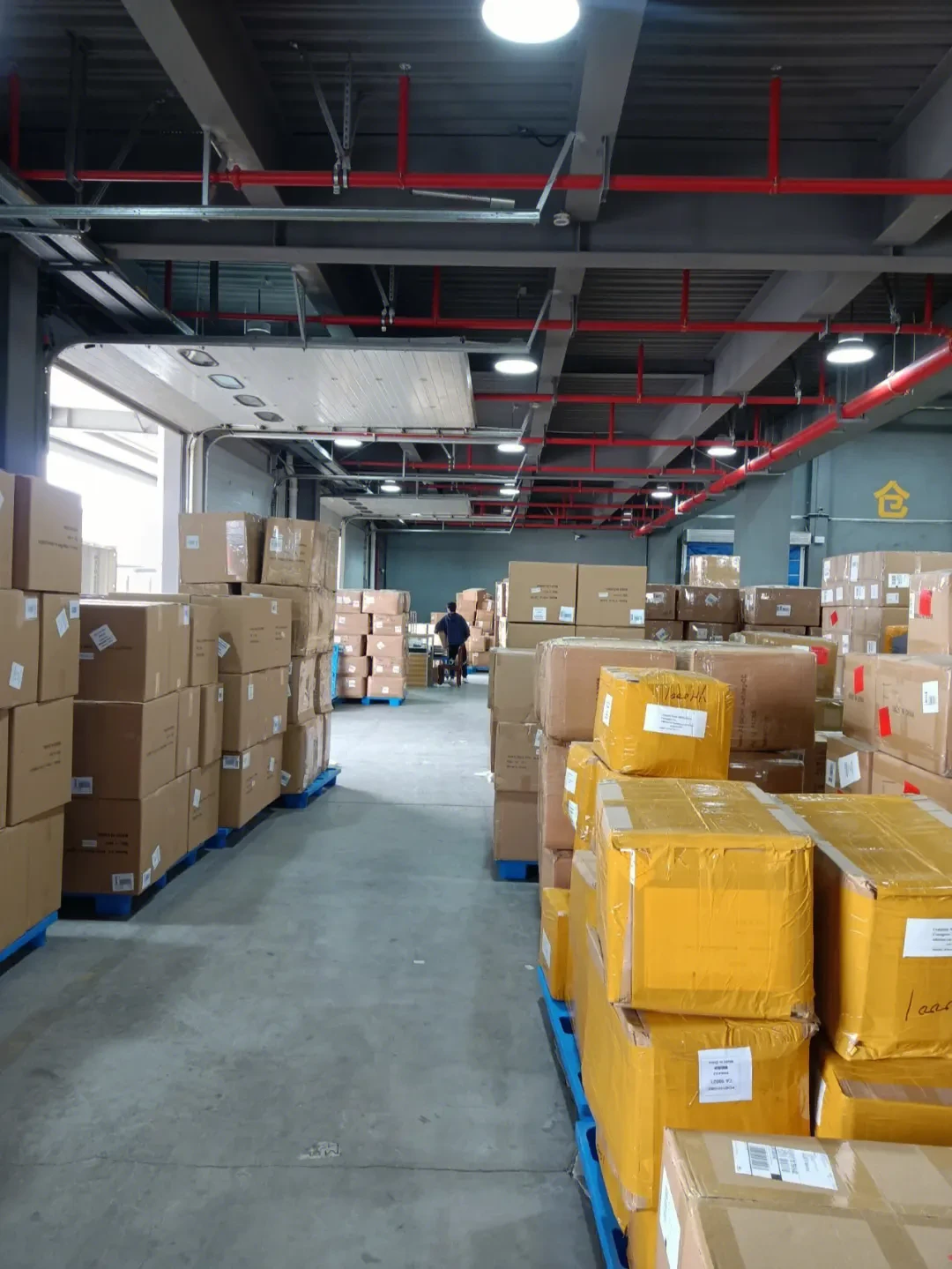Chemicals Used for Water Disinfection
Water is a vital resource for all forms of life, and ensuring its safety through effective disinfection is crucial. Contaminated water can harbor harmful pathogens, leading to diseases that can have serious consequences for public health. To mitigate these risks, various chemicals are employed in water disinfection processes. This article explores some of the most commonly used chemicals in water disinfection and their mechanisms of action.
1. Chlorine
Chlorine is perhaps the most widely recognized disinfectant used in municipal water supply systems globally. It is effective against a broad spectrum of microorganisms, including bacteria, viruses, and protozoa. Chlorine works by penetrating the cell walls of microbes and disrupting their metabolic processes, ultimately leading to cell death. This chemical can be added in various forms, including chlorine gas (Cl2), sodium hypochlorite (household bleach), and calcium hypochlorite. One of the main advantages of chlorine is its residual disinfecting power; it remains active in the water long after initial treatment, providing ongoing protection against potential recontamination.
2. Chloramine
Chloramine is another chemical used for water disinfection, made by combining chlorine with ammonia. It is increasingly popular in some water treatment facilities as a secondary disinfectant. While chlorine provides strong initial disinfection, chloramine has a longer-lasting residual effect in the distribution system, making it less likely to form harmful byproducts. This property helps to reduce the formation of trihalomethanes (THMs), which can occur when chlorine reacts with organic matter present in water. However, chloramine is less effective against certain pathogens than chlorine, which necessitates careful monitoring and management.
3. Ozone
what chemicals are used to disinfect water

Ozone (O3) is a powerful oxidizing agent used for disinfection and is particularly effective in treating water with high levels of organic matter or turbidity. Ozone disinfection occurs as it rapidly decomposes to release molecular oxygen, which destroys microorganisms. It is effective against bacteria, viruses, and protozoa, including Giardia and Cryptosporidium. One of the significant advantages of using ozone is that it does not leave harmful byproducts like chlorination does. However, the equipment required for ozonation is more complex and costly, making it less prevalent for smaller water systems.
4. Ultraviolet (UV) Light
While not a chemical method, ultraviolet (UV) light is a widely accepted disinfection technique that utilizes high-intensity light to kill or inactivate microorganisms. UV light disrupts the DNA of pathogens, rendering them unable to reproduce. This method is effective against bacteria, viruses, and protozoa without introducing any chemicals into the water. However, UV disinfection requires clear water for effective treatment, as turbidity can shield microorganisms from UV rays.
5. Hydrogen Peroxide
Hydrogen peroxide (H2O2) is another disinfectant that can be used in combination with other methods, like UV light, to enhance disinfection efficiency. It acts as an oxidizing agent that can destroy bacteria and viruses within water systems. Its use provides rapid disinfection without the production of harmful byproducts, making it a safe alternative for treating drinking water.
In conclusion, various chemicals and technologies are available for disinfecting water, each with its unique advantages and limitations. The choice of disinfectant often depends on specific water conditions, regulatory guidelines, and desired outcomes in public health safety. As we continue to seek safe and effective water treatment methods, understanding these chemicals is essential for maintaining the integrity of our water supply.

